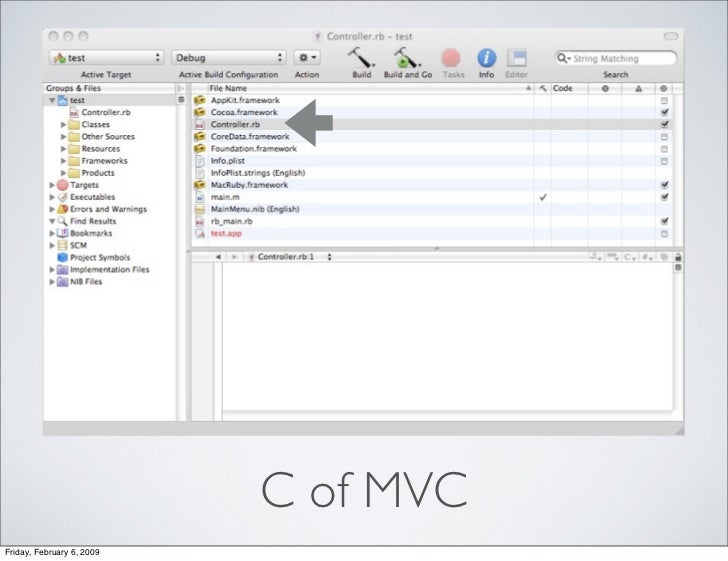


Local (non-dynamic) variables are still allocated on the stack and potentially optimized into registers. Blocks created on the fly are not cached anymore. The block data structure and the Proc class are now internally the same data structure, an object that is properly reclaimed by the iOS runtime when no longer used. Dynamic variables are always allocated as heap memory and the block keeps a strong reference to all of them, including self. As of RubyMotion 2.5, blocks have been completely rewritten. The known workaround was to use instance variables instead, which always created a strong reference. Calling a block that escaped the scope of the method it was created from would cause a crash if it was using a dynamic variable. RubyMotion shipped with this implementation and presented right away an important limitation block variables, including self, would not be retained by the block structure. Also, because the Objective-C garbage collector had a slow memory allocator, we were heavily caching the block structures, which made invalidating dynamic variables later harder and also recursively calling into existing blocks. The main idea behind the implementation was to map dynamic variables as pointers to the stack, and automatically relocate them into heap memory when the block would escape the scope of the current method. The initial implementation of blocks in RubyMotion came from MacRuby, a project we created several years ago. Variables defined in a block can refer to local variables and change their content we call them dynamic variables. Blocks can be created on the fly, for example for a method iterator callback, or transformed into a object of the Proc, for later use. The end result is that you can now build your iOS apps with the confidence that they will work right the first time and won’t waste resources.īlocks in Ruby are everywhere. As a result, when we launched RubyMotion there were a number of edge cases that developers had to be careful about in order to avoid leaking memory or running into memory related crashes.Īs part of our efforts to constantly improve RubyMotion and provide the best possible platform for iOS development, we are happy to announce RubyMotion 2.5 which should resolve a large number of these edge cases. In making it possible for you to use Ruby to write great iOS applications, we were faced with a number of constraints imposed by limitations of the iOS runtime. We have an ambitious, long-term vision for RubyMotion and great features in the pipeline for this year. At HipByte we thrive to provide a mobile platform that developers can use to write full-fledged, rock-solid apps while being as productive as possible.


 0 kommentar(er)
0 kommentar(er)
